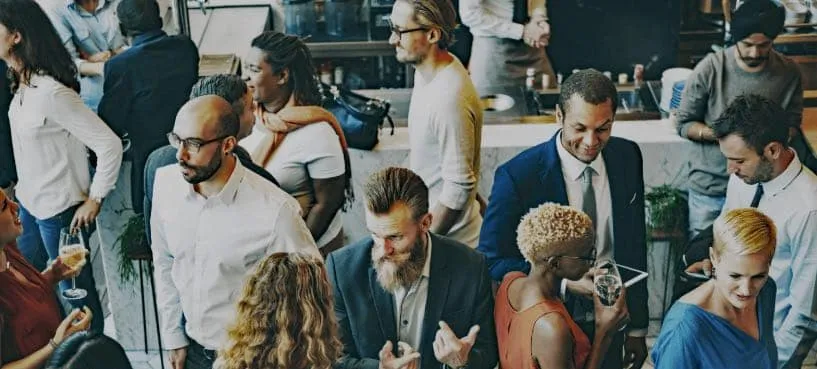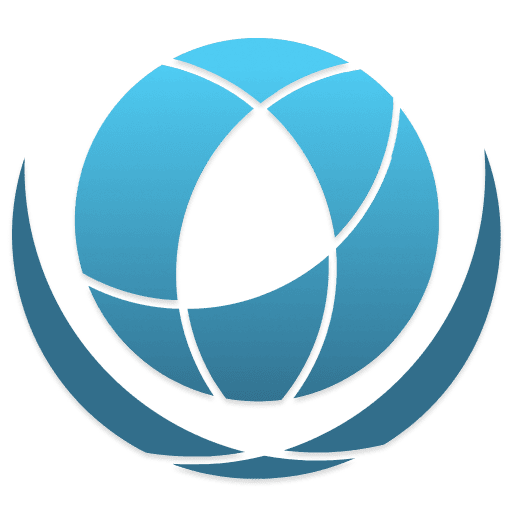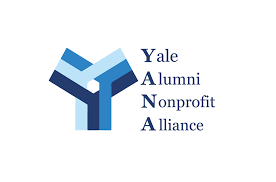


360Alumni
July 2, 2019
How does an alumni affinity group get started and, perhaps more importantly, what makes it sustainable beyond the initial excitement?
There are many right answers and many challenges along the way. The key is to develop some guidelines and learn from other institutions' successes as well as from their failures. The Yale Alumni Non-profit Alliance (YANA) is one example of a resounding success that can be a model for the formation of other affinity groups.
Before you begin the hard work of forming the group, consider:
In 2010, these fundamentals seemed to be in place for YANA. Here is the story.

YANA started with a casual remark to me at a cocktail reception in 2010: “Hello, my name is Ken. We met once before – Do you have a few minutes to talk?”
Actually, Ken had been thinking about the idea for a new shared interest (affinity) group for a while. That evening at the reception, Ken described his idea to create a platform to share best practices and provide support for anyone interested in the non-profit sector whether as a professional, a funder, or a board member. He had questions - Would there be interest? Would it be worthwhile? How could he get the group started?
The idea sounded great to me as a volunteer, and I said so right away. I encouraged Ken to pursue the idea and didn’t think much about it for the next few weeks.
A few weeks after meeting Ken, about 8,000 members of the New York Yale Club, including me, received an email that read:
The legion of Yale alums working in the nonprofit world is growing daily. Please join us in the … for an organizational meeting of nonprofit professionals to explore how we can work together to pool our resources, strategies, and energies to improve our organizations. Practitioners from all areas are welcome, including health care, education, housing, energy/environment, and the arts. Please RSVP to Club member Ken
It was a thrill to see 18 people show up on a wintery night in January to hear about the concept. Ken’s idea and his leadership were crucial components of the formation of YANA; however, an organization also requires hard work by many people, support from the institution, flexibility, and persistence. While the attendance at the meeting showed some initial interest, there were several considerations to think about as a volunteer organizer:
In the case of YANA:
With the first-round considerations addressed, it was time for planning and action. There are many steps to creating a robust organization. The group under Ken’s leadership was deliberate in moving forward to ensure a strong fundamental structure, and other organizations may be able to glean clues for success from reviewing this deliberate process.
The key steps in forming YANA were:
YANA's goal is to organize and leverage Yale's vast social purpose network – through convening, collaborating, and connecting – so that together we can repair our world.
YANA focuses on three unmet needs revealed in a 2011 alumni survey that drew 900+ replies. The needs were expressed along generational lines: millennials (alums age 32 and under) needed nonprofit career advice, job connections, and mentoring; Gen X (30s to early 50s) in mid-career, wanted access to financial resources and best practices in order to grow and improve their nonprofits; boomers (mid 50s and 60s) and seniors (70+) facing retirement or semi-retirement, wanted meaningful engagement as mentors, board members, connectors and donors.
After meeting for about a year, it was clear that there was enough interest to support the organization and make a commitment to its long-term existence. There was a lot of discussion within the group about types of events that aligned with the mission and what was manageable with the limited resources of a young organization like YANA.
In addition to continuing to work on communications, YANA focused on:
Almost seven years later, the Yale Alumni Non-Profit Alliance or YANA has 8 volunteer-led chapters in the U.S. and Europe, holds over 100 events each year, and has 3,500 members. YANA is closely involved with current students and campus life through its Fellows Program, and with alumni in a wide range of career stages. This involvement is achieved through initiatives that include the annual conferences and benefits, quarterly Roundtables in NYC and the Bay Area, and a nationwide Mentorship Program. They are a diverse group, but they have in common both their Yale experiences and a passion to improve the world. YANA members share their wisdom, exchange ideas, and learn from collaborators.
Importantly, they are creating scalable, replicable models for many of their initiatives – particularly event production, chapter formation, and programmatic growth.
By all the metrics, YANA is a success:
In 2017, Ken was awarded the university’s medal for transformational leadership on behalf of the institution. He has done a tremendous amount of work on behalf of the university in a variety of ways, including serving on the alumni board and co-chairing the task force on diversity and inclusion. All of this started with the formation and visionary leadership of YANA.
This case study of YANA's success is intended to inspire you, offer crucial clues as to how to launch an affinity group in ways that enable its success, and prompt critical conversations among your colleagues. YANA is moving forward and growing thanks to the fundamental strength of the concept and the organization. To keep them on the right track, they review the foundational elements:
It's all about building a community based on a shared interest and shared goals.
The above article was originally posted in Academic Impressions in January, 2018.
Eighteen months after the original article YANA continues to thrive by serving its mission to promote and strengthen engagement with charitable organizations serving the greater good. It has, in fact, moved forward in meaningful ways using these guiding questions as a foundation:
YANA has expanded its service to members most notably by offering a monthly webinar series that began in October 2018 focused on sharing best practices in fundraising, a fundamental need for most of its members. The webinars provide expertise not otherwise affordable for many of the organizations represented by YANA members – and they are a showcase opportunity for the members who present. It’s another win-win!
For YANA leadership, there has been a very significant development – the naming of an Executive Director. The Executive Director is a YANA volunteer who is deeply committed to the mission and understands the structure. She was leading the chapters committee before stepping up to the new position. The hope/plan/expectation is that the Executive Director role will become a paid position. In the meantime, there is now someone managing the organization with a vision for the future.
With the new Executive Director leading YANA, she is ensuring that communications are robust and consistent. Having added the webinars while continuing with regular meetings and chapters, there is need and opportunity for regular communications that supports YANA and keeps members connected.
And, YANA continues to be an award-winning organization! The University has recognized the strong programming by YANA for alumni and students (e.g. mentoring, internships) with six awards including one in the past year. The alumni association is promoting joint programming by alumni organizations with YANA and there is greater collaboration from various areas on campus with YANA as well.
Next year, YANA will start planning how to celebrate its 10th anniversary and how it has stayed true to its mission.
If you liked this article, you may also like: